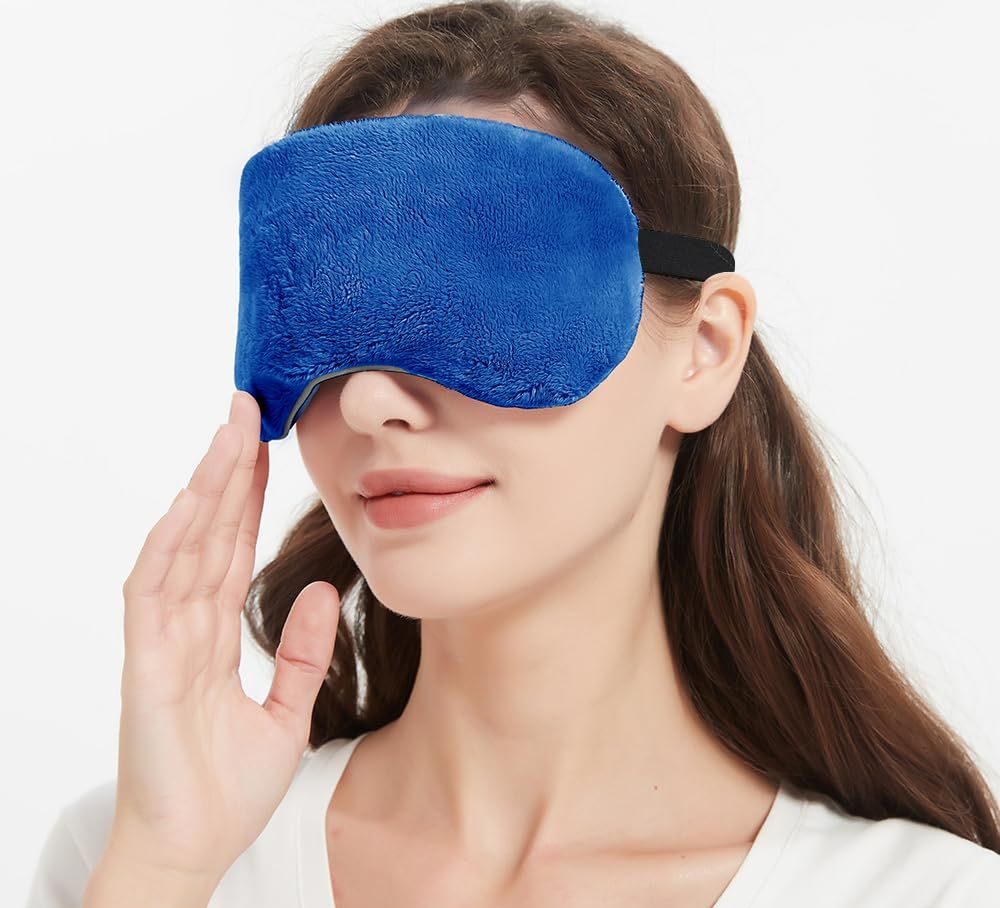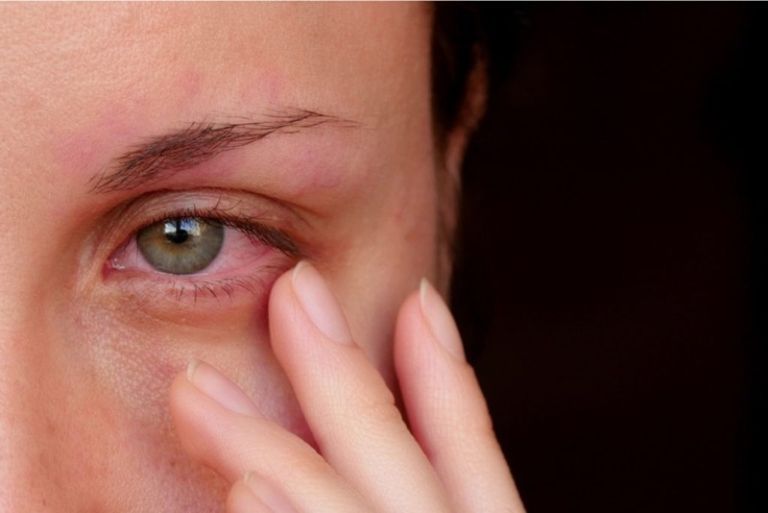Why cold weather makes the eyes dry faster

Cold weather reduces eye moisture because the ocular surface is exposed to cold, dry air.
When cold winds arrive, the skin is not the only part affected. The ocular surface also loses moisture quickly due to cold, dry air and the tendency to drink less water in winter. When tear production decreases, the eye’s moisture cannot be maintained, making the eyes prone to dryness, foreign-body sensation, redness, or temporary blurriness. If prolonged, dry eyes in cold weather can affect visual quality and comfort while working.
So how do we keep eye moisture stable throughout the day? The article below will help you understand the causes and the most effective measures.
Cold air contains less water vapor, causing ambient humidity to drop significantly. When humidity is low:
- Tears evaporate more quickly, disrupting the protective tear film over the eye surface.
- People tend to drink less, causing systemic dehydration and worsening eye dryness.
- Indoor heating or warm air conditioning makes indoor air even drier than outdoors.
- Cold wind outdoors can blow directly into the eyes, removing moisture very quickly.
These factors make the eyes feel gritty, burning, tired, and may even trigger excessive tearing as a reflex — but this reflex tear lacks the oily layer needed to maintain long-lasting moisture.
How to keep eye moisture all day long in cold weather

Over-the-counter (OTC) eye drops are commonly and frequently used when eyes are dry.
1. Replenish eye moisture with artificial tears
This is the fastest and most common solution to replace lost moisture. You should:
- Choose preservative-free artificial tears if you need to use them multiple times a day;
- Use gel or ointment formulations at night if your eyes are very dry;
- Consult your doctor if you are unsure which product is suitable.
Artificial tears help stabilize the tear film, keep the ocular surface moist, and reduce sensations of grittiness and burning.
2. Change daily work habits
Conscious blinking
When focusing on a screen, blink rate can drop by up to 60%. This accelerates tear evaporation. Apply the 20-20-20 rule: every 20 minutes, look at something 20 feet (6 m) away for 20 seconds to “refresh” your eyes.
Wear protective eyewear outdoors
Cold wind can dehydrate the eyes within minutes. Wind-blocking glasses help retain eye moisture better, especially when riding a motorcycle.
Avoid hot air blowing directly on your face
Heat from heaters, air conditioners, or car vents can dry eyes quickly. Adjust vents upward or to the side to avoid direct airflow on your face.
Review medications you are taking
Many drugs such as antihistamines, antidepressants, decongestants, or blood pressure medications can cause dry eyes. If suspected, consult your doctor for possible adjustments.
3. Nutrition that supports eye moisture
Maintaining eye moisture is not only about external care but also internal support. Maintain a balanced diet including:
- Omega-3 from salmon, tuna, flaxseed, walnuts helps reduce inflammation and supports the meibomian glands to secrete oil — the oily layer that prevents tear evaporation.
- Drink more water: even in cold weather, aim for 1.5–2 liters daily to keep your eyes and body hydrated.
- Add green vegetables, vitamin A, lutein, and zeaxanthin to support tear film health.
Note: do not take excessive omega-3 supplements without medical advice, as high doses can affect blood clotting.
Home measures to maintain eye moisture

A warm compress over the eyes for 5–10 minutes increases blood flow to your meibomian glands.
1. Use a humidifier in the bedroom or workspace
Dry air is the enemy of the tear film. A humidifier helps:
- Increase room humidity;
- Reduce eye irritation during prolonged work;
- Help maintain eye moisture throughout the day.
Place the humidifier in a corner and avoid direct airflow toward your face.
2. Apply warm compresses correctly
Warm compresses boost blood flow to the meibomian glands. These are tiny glands along the eyelid margin that produce the oily component of tears, an important part of the eye’s moisture layer. You can:
- Place a warm (not hot) cloth over the eyes for 5–10 minutes;
- Or rub your palms together to warm them and cup them over your closed eyes to relax for a few minutes.
This helps retain moisture and improves the natural quality of your tears.
3. Gently massage the eyelids
After warm compresses, gently massage the eyelids from top to bottom to express the oils better. This slows tear evaporation and helps maintain eye moisture longer.
4. Regular eye check-ups
Chronic dry eye can affect vision, cause eyelid inflammation, corneal abrasions, or severe corneal damage. You should see a doctor if you experience:
- Repeated episodes of blurred vision;
- Sharp eye pain or pain when blinking;
- Unusual light sensitivity;
- Persistent dryness despite using artificial tears.
When to seek treatment for dry eyes?
If dry eye is severe or does not respond to home measures, the doctor may recommend:
- Prescription eye drops to reduce inflammation and increase tear production;
- Punctal plugs to retain tears on the eye surface longer;
- Other advanced procedures depending on the condition.
Untreated dry eye can negatively affect visual quality and cause prolonged discomfort during cold seasons.
Cold weather reduces eye moisture faster than you might expect, but you can keep your eyes comfortably hydrated all day with simple habits: drink enough water, use artificial tears appropriately, protect your eyes from cold wind, and improve indoor humidity. If dryness persists or affects vision, visit an eye clinic for tailored treatment and guidance.

 vi
vi 18-Nov-2025
18-Nov-2025










 0916.741.763
0916.741.763 Appointment
Appointment